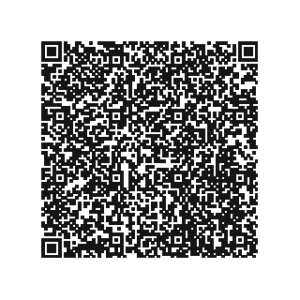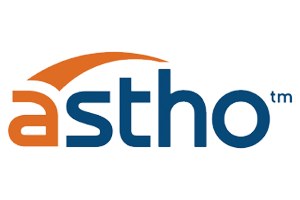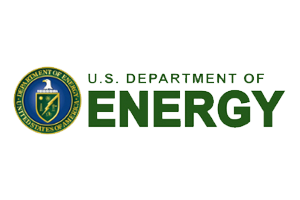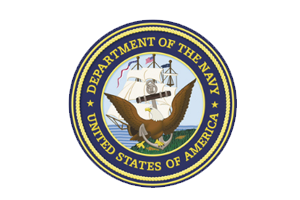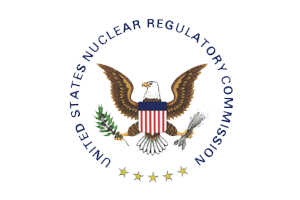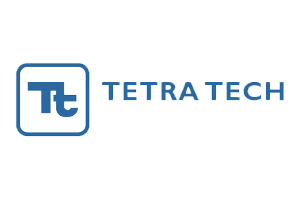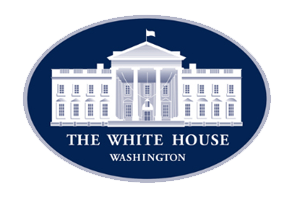- Risk Communication. In: Environmental Health: From Global to Local, 3rd Edition. Frumkin H, editor. San Francisco: Jossey-Bass/Wiley. (in press)
|
|
- Risk Communication. In: Wiley-Blackwell Encyclopedia of Health, Illness, Behavior, and Society. Cockerham W, Dingwall R, Quah S, editors. Oxford: Blackwell. 2014
|
|
- Disaster Risk Communication. In: Textbook in Disaster Medicine. David S, editor. Wolters Kluwer. 2012
|
|
- Guidance on Developing Effective Radiological Risk Communication Messages: Effective Message Mapping and Risk Communication with the Public in Nuclear Plant Emergency Planning Zones. NUREG/CR-7033. Washington, DC: Nuclear Regulatory Commission. 2011
|
|
- Developing an Emergency Risk Communication (ERC)/Joint Information Center (JIC) Plan for a Radiological Emergency. NUREG/CR-7032. Washington, DC: Nuclear Regulatory Commission. 2011
|
|
- Risk Communication, Radiation, and Radiological Emergencies: Strategies, Tools, and Techniques. Health Physics. 2011 Nov; 101(5):511-30
|
|
- Effective Risk Communications for the Counter Improvised Explosive Devices Threat: Communication Guidance for Local Leaders Responding to the Threat Posed by IEDs and Terrorism. Department of Homeland Security. Washington, DC. 2010
|
|
- The Expedition Returns: Roles and Responsibilities. In: Expedition Medicine. Bledsoe G, Townsend DA, Manyak MM, editors. Cambridge University Press. 2009
|
|
- Risk Communication. In: Environmental Health: From Global to Local. 2nd ed. Frumkin H, editor. San Francisco: Jossey-Bass/Wiley. 2009: 988-1008
|
|
- Current Issues in Adolescent Immunization. Vaccine. 2008; 5:4120-34
|
|
- Strategies for Overcoming Challenges to Effective Risk Communication. In: Handbook of Risk and Crisis Communication. Heath R, O’Hair H, editors. New York: Routledge. 2008
|
|
- Be Prepared to Use the Hot Mic to Counter Pandemics. Medscape General Medicine. 2007; 9(4):39
|
|
- Effective Risk and Crisis Communication During Water Security Emergencies. National Homeland Security Research Center, United States Environmental Protection Agency: Washington, DC. 2007
|
|
- Risk Communication and Message Mapping: A New Tool for Communicating Effectively in Public Health Emergencies and Disasters. Journal of Emergency Management. 2006; 4(3):25-40
|
|
- Avian Influenza A (H5N1) Infection in Humans. New England Journal of Medicine. 2005; 353:1374-85
|
|
- Risk Communication. In: Environmental Health: From Global to Local. 1st ed. Frumkin H, editor. San Francisco: Jossey-Bass/Wiley. 2005:988-1008
|
|
- Best Practice in Public Health Risk and Crisis Communication. Journal of Health Communication. 2003; (8)
|
|
- Women’s Perceptions of the Risks of Age Related Diseases, Including Breast Cancer: A Research Study. Health Communication. 2002; 14(3):377-395
|
|
- Out of Africa, Medscape General Medicine. 2001; 3:3
|
|
- Risk Communication: Evolution and Revolution. In: Solutions to an Environment in Peril. Wolbarst A, editor. Baltimore, MD: John Hopkins University Press. 2001:164-178
|
|
- Risk Communication, the West Nile Virus Epidemic, and Bio-terrorism: Responding to the Communication Challenges Posed by the Intentional or Unintentional Release of a Pathogen in an Urban Setting. Journal of Urban Health. 2001 June; 78(2):382-391
|
|
- Cost-Effectiveness Analysis of Reacquiring and Using Adenovirus Types 4 and 7 Vaccines in Naval Recruits. American Journal of Tropical Medicine and Hygiene. 2000; 5:613-8
|
|
- Risk Perception, Risk Communication, and EMF Exposure: Tools and Techniques for Communicating Risk Information. In: Risk Perception, Risk Communication, and its Application to EMF Exposure. Matthes R, Bernhardt JH, Repacholi MH, editors. International Commission on Non-Ionizing Radiation Protection. 1999:179-214
|
|
- Telemedical experiences at an Antarctic station. Journal of Telemedicine and Telecare. 1999; 5:S87-9
|
|
- Genetic Privacy Legislation: Two Views. An Issue Who’s Time Has Come. Molecular Diagnosis. 1997; 2:85-7
|
|
- Risk Communication. Occupational Health Practice, 4th ed. In: Occupational Health Practice, 4th ed. Waldon A, Edling C, editors. Oxford: Butterworth/Heinemann. 1997
|
|
- The Determinants of Trust and Credibility in Environmental Risk Communication: An Empirical Study. Risk Analysis. 1997; 17(1):43-54
|
|
- Industry Response to SARA Title III: Pollution Prevention, Risk Reduction, and Risk Communication. Risk Analysis. 1996; 16(1):57-66
|
|
- Risk Assessment Methods: Approaches for Quantifying Health, Safety, and Environmental Risks. Plenum Publishing Co.: New York. l993
|
|
- Risk Communication and Occupational Medicine. Journal of Occupational Medicine. 1993; 35(1):18-9
|
|
- Risk Communication, Trust and Credibility. Health and Environmental Digest. 1992; 6(1):1-4
|
|
- Risk Communication: An Emerging Area of Health Communication Research. In: Communication Yearbook. Deetz, SA, editor. Newbury Park CA: Sage Publications. 1992; 15:359-73
|
|
- Communicating about Environmental Risks: How the Public Uses and Perceives Information Sources. Health Education Quarterly. 1991; 18(3):349-361
|
|
- Evaluating Risk Communication Programs. Environmental Protection Agency: Washington, DC. 1991
|
|
- High-Resolution Linkage Mapping for Susceptibility Genes in Human Polygenic Disease: Insulin-Dependent Diabetes Mellitus and Chromosome 11q. American Journal of Human Genetics. 1991; 48:243-257
|
|
- Molecular Studies of the Genetic Susceptibility to Type 1 Diabetes. D. Phil. (Ph.D.) Thesis, University of Oxford, UK. 1991
|
|
- The Insulin-IGF2 Region Encodes a Gene Implicated in HLA-DR4 Dependent Diabetes Susceptibility. Nature. 1991; 354:155-9
|
|
- Public Knowledge and Perceptions of Chemical Risks in Six Communities. EPA 230-01-90-074, Environmental Protection Agency, Washington, DC. 1990
|
|
- Risk Comparisons and Risk Communication. In: Communicating Risks to the Public: International Perspectives. Kasperson R and Stallen P, editors. Boston: Kluwer/Reidel. 1990
|
|
- What We Should Know about Making Risk Comparisons. Risk Analysis. 1990
|
|
- Issues and Problems in Using Risk Comparisons for Communicating Right- to- Know Information on Chemical Risks. Environmental Science and Technology. 1989; 23:1444-9
|
|
- Communicating about the Health Risks of Radioactive Waste. Bulletin of the New York Academy of Medicine. 1989
|
|
- Effective Risk Communication: The Role and Responsibility of Governmental and Nongovernmental Organizations. Plenum Publishing Co.: New York. 1989
|
|
- Issues and Problems in Using Risk Comparisons for Communicating Right-to-Know Information on Chemical Risks. Environmental Science and Technology. 1989; 33(12):1444-9
|
|
- Medical Waste: Risk Perception and Communication. Medical Waste. Albany: State University of New York Press. 1989
|
|
- Principles of Effective Risk Communication. In: Effective Risk Communication: The Role and Responsibility of Governmental and Nongovernmental Organizations. Covello V, McCallum D, Pavlova M, editors. Plenum Publishing Co.: New York. 1989
|
|
- Risk Analysis: A Guide to Principles and Methods for Analyzing Health and Environmental Risks. White House Council on Environmental Quality: Washington, DC. 1989
|
|
- What the Public Thinks about Environmental Data. EPA Journal. 1989; 15(3)
|
|
- Informing People about the Risks of Biotechnology and Genetic Engineering. In: Safety Assurance for Environmental Releases of Genetically Engineered Organisms. Fiksel J, Covello V, editors. Berlin and New York, Springer-Verlag. 1988
|
|
- On the role of persistent signaling and autocatalysis in the T-cell independent immune response. Mathematical Biosciences. 1986; 78:193-202
|


